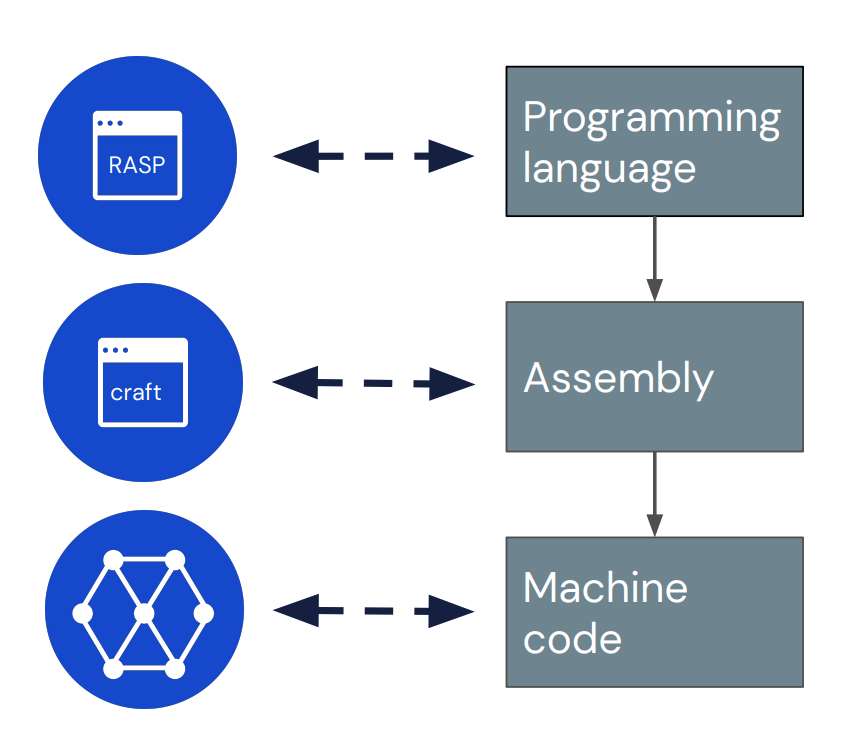Abstract
Interpretability research aims to build tools for understanding machine learning (ML) models. However, such tools are inherently hard to evaluate because we do not have ground truth information about how ML models actually work. In this work, we propose to build transformer models manually as a testbed for interpretability research. We introduce Tracr, a "compiler" for translating human-readable programs into weights of a transformer model. Tracr takes code written in RASP, a domain-specific language (Weiss et al. 2021), and translates it into weights for a standard, decoder-only, GPT-like transformer architecture. We use Tracr to create a range of ground truth transformers that implement programs including computing token frequencies, sorting, and Dyck-n parenthesis checking, among others. To enable the broader research community to explore and use compiled models, we provide an open-source implementation of Tracr at this https URL.

You're right that accounting for the softmax could be used to get around the argument in the appendix. We'll mention this when we update the paper.
The scheme as you described it relies on an always-on dummy token, which would conflict with our implementation of default values in aggregates: we fix the BOS token attention to 0.5, so at low softmax temp it's attended to iff nothing else is; however with this scheme we'd want 0.5 to always round off to zero after softmax. This is plausibly surmountable but we put it out of scope for the pilot release since we didn't seem to need this feature, whereas default values come up pretty often.
Also, while this construction will work for just
and(with arbitrarily many conjuncts), I don't think it works for arbitrary compositions usingandandor. (Of course it would be better than no composition at all.)In general, I expect there to be a number of potentially low-hanging improvements to be made to the compiler -- many of them we deliberately omitted and are mentioned in the limitations section, and many we haven't yet come up with. There's tons of features one could add, each of which takes time to think about and increases overall complexity, so we had to be judicious which lines to pursue -- and even then, we barely had time to get into superposition experiments. We currently aren't prioritising further Tracr development until we see it used for research in practice, but I'd be excited to help anyone who's interested in working with it or contributing.